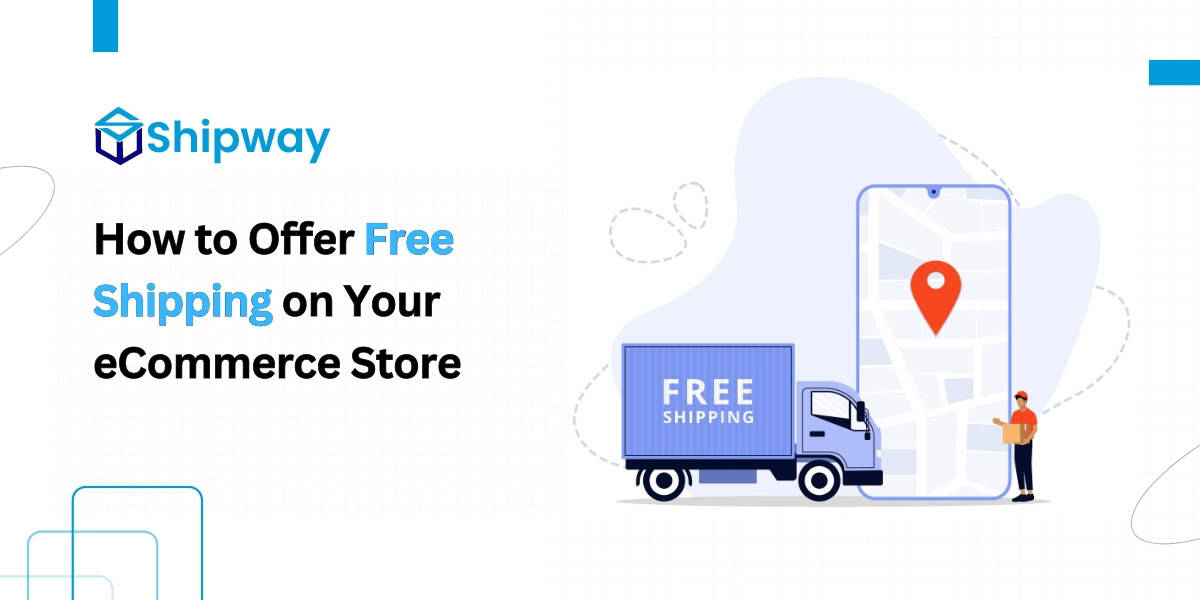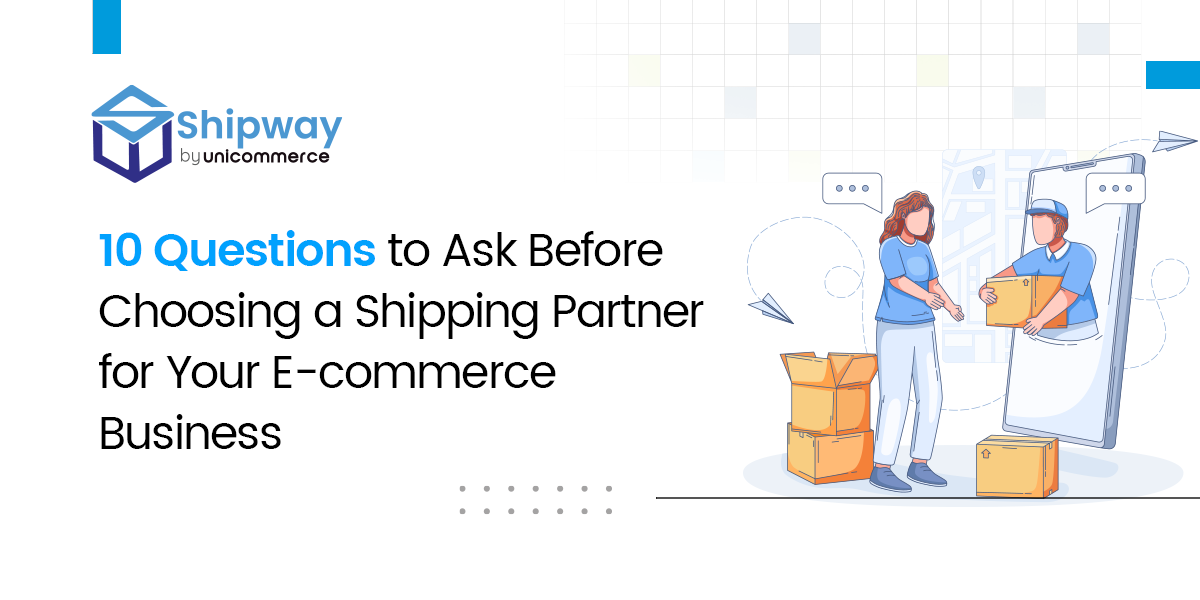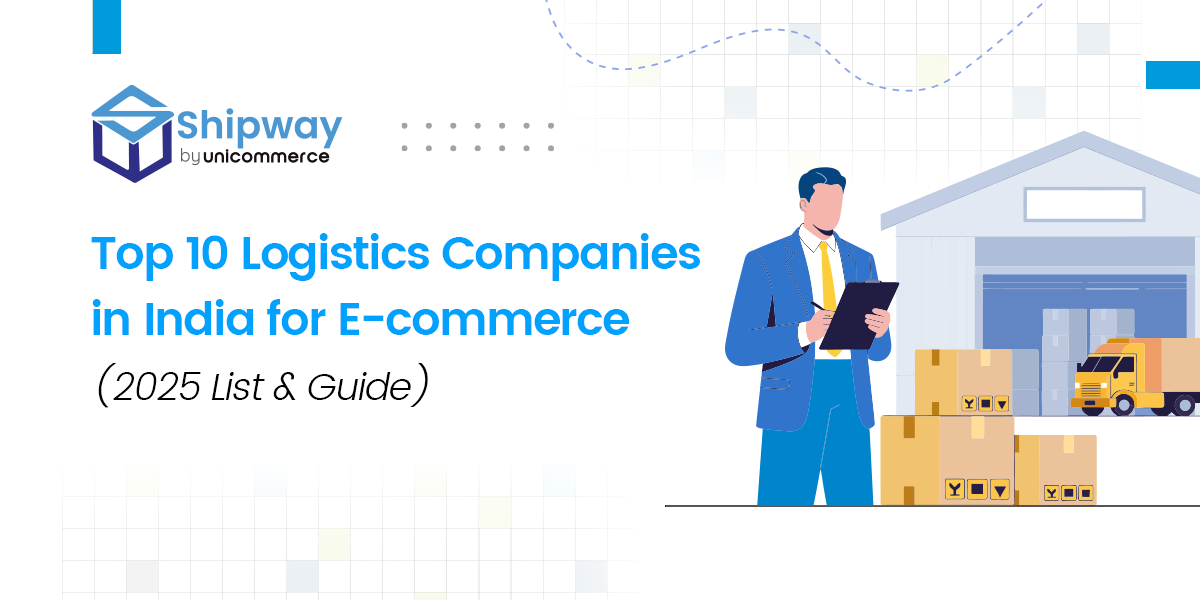There are times in the eCommerce business when a lack of a free delivery option at the checkout step results in a negative experience for online shoppers. Customers often tend to avoid paying for shipping charges, even after a huge cart value, unless it is for urgent or express deliveries like same-day or next-day delivery. Even then the majority of the customers expect shipping to be free. This makes free shipping an important incentive to drive sales.
More than 90% of the people agree that shipping options on the online store greatly influence their buying decisions. This consumer expectation has led many online stores to provide free online shipping options for their customers.
However, this is a tough decision for them. This is because free shipping eats up the profit margins of the business. In this guide, we will discuss how to effectively offer free ecommerce shipping to your customers without drastically impacting your profits. This article will prove useful for business owners running an eCommerce or D2C business.
What Is Free Shipping In eCommerce And How To Provide It?
Free shipping in eCommerce is a delivery option where customers don’t have to pay shipping charges for the items they buy from the online store. This sales strategy was first started by Amazon in the year 2005.
With the advancement of the internet and online shopping, free delivery quickly became a consumer expectation, and the results have been positive for many shops that adopted it.
Here are some key benefits provided by free shipping strategy to business & consumers.
- Higher Sales: Customers show a higher tendency to buy from an online store that provides a free shipping option. They are also more likely to spend extra to qualify for it if there is some minimum order value requirement.
- Lower Cart Abandonment Rates: Unexpected shipping costs at the end of the buying journey can dissuade customers from completing their purchase. Free shipping is known to significantly reduce cart abandonment rates.
- Repeat Buyers: When customers have a good shopping experience from a particular store, they are more likely to return. Here, free shipping makes their buying journey hassle-free. Customers are also more likely to buy from stores offering free delivery leading to higher conversion. This further improves brand loyalty and drives repeat purchases.
- Competitive Edge: Providing a free ecommerce shipping option can provide you a competitive edge over your competitors that don’t provide the free delivery option.
The above options imply that there are several benefits to providing free online delivery. But, how can you do this without spending your own money on it? Well, the answer to this question and more are well explained in the below section.
Let’s Do The Math: Factors Affecting Free Shipping Availability
Turning free shipping into a successful strategy requires careful planning. E-commerce stores don’t necessarily have to offer it on all their items or products, they can be selective and smartly play it out for better conversion. The selection should depend on several key factors:
1. Product Weight and Size
Businesses often limit free shipping for items that are too heavy or too large to be transported in regular containers, as most carriers charge extra fees for these products.
However, offering free shipping for bulk orders of such items can be considered. FTL (Full Truckload) or FCL (Full Container Load) shipping can help reduce overall costs via economies of scale.
2. Profit Margins
Different products in your eCommerce inventory provide you with different profit margins. To offer free deliveries effectively, focus on items with higher profit margins. The categories you can offer it for and the minimum cart total will depend on your industry.
For example, fashion and electronics retailers generally have higher profit margins and can more comfortably offer free or zero shipping, whereas grocery and perishables companies may need to limit their free shipping offers.
3. Shipping Destination and Duration
Understanding your customer base’s location and preferred shipping speed is crucial. If you cater primarily to international customers, offering free shipping becomes more complex.
Many online companies do not provide free international shipping. If your audience is a mix of domestic and international customers, consider offering free shipping only for domestic orders. For primarily international customer bases, a thorough evaluation of your business plan and profitability is essential.
Expedited shipping options are usually chargeable for most online sellers, except for giants like Amazon. However, due to increasing competition, many companies aim to offer these options for free.
If your store can balance the expense through increased sales and customer traffic generated by this strategy, it could be a viable option.
4 Ways To Cover Costs When Offering Free Shipping
The key objective of providing free shipping options to your consumers can be a marketing strategy to attract and retain customers.
However, at the same time, businesses also need to make sure that they should remain profitable at the same time. Some of the effective solutions to cover the costs of free delivery are listed below:
1. Increase Product Prices
Although ‘free shipping’ implies no cost to the customer, many businesses incorporate shipping costs into the product price. By slightly increasing the price of items, companies can cover shipping expenses without incurring losses.
Customers often prefer consistent pricing over unexpected shipping charges at checkout. For example, a product priced at $20 could be increased to $30 when including the shipping charge. And customers are less likely to object to the higher price if they perceive the shipping as free.
2. Provide Bundles or Raise Average Order Value
You also need to motivate your customers to purchase multiple items that can help offset shipping costs. One way to do this is by setting a minimum order value for free deliveries, like providing free shipping on orders above $50.
Additionally, businesses can provide bundling options at checkout. This suggests some complementary products to increase the total order value. For instance, offering a bundle of shower gel, body butter, and body oil can help the customers to spend more. This covers the shipping costs through higher sales volumes.
3. Use a Member-Only Model for Higher Customer Lifetime Value (LTV)
Investing in customers who make repeat purchases can be more cost-effective. Implementing a member-only model for free deliveries can encourage customer loyalty and increase LTV.
For example, H&M offers free shipping to members, incentivizing more customers to join their membership program. This strategy is even more effective if membership is free and includes additional perks like exclusive discounts and early access to sales.
4. Create Limited-Time Free Shipping Deals
Testing free deliveries in eCommerce during limited-time events like Black Friday, Cyber Monday, or End-of-Season sales can provide valuable insights without a long-term commitment. These events usually see higher average order values, making it easier to maintain margins while offering free shipping.
Additionally, limited-time free shipping can help clear out excess inventory that might otherwise remain unsold. This approach allows businesses to experiment with free e-commerce shipping, understand customer behavior, and adjust strategies accordingly.
Properly implementing these strategies, businesses can offer free shipping without compromising profitability, improve the overall shopping experience and drive higher sales.
Is Providing Free Shipping The Right Choice For An Online Store?
The decision to go for zero shipping charges is an important one that requires careful consideration and strategic planning. It’s feasibility depends on the type of business and its financial structure.
Small cottage businesses with thin profit margins might find it challenging to add no shipping cost for customers. Even medium-sized eCommerce businesses may need to provide it selectively rather than across the board.
To figure out whether free shipping is viable for your online store, you need to calculate the minimum order value at which you can provide it without incurring a loss. This is known as the free shipping threshold:
Free Shipping Minimum Threshold = (Average Shipping Cost per Order / Gross Profit Margin Percentage) + Average Order Value
This threshold will differ for each business. If the threshold amount is too high, such as $250, and your average order value is much lower, no shipping charges might not be practical.
In such cases, businesses can opt for flat-rate shipping based on dimensional weight to calculate shipping charges more effectively.
Further, choosing the right shipping platforms like Shipway can also prove online sellers’ option to provide affordable shipping rates. Additionally, improving customer-brand interactions, providing free return shipping and excellent post-purchase customer experience can differentiate your business and foster customer loyalty.
Conclusion
Implementing free eCommerce shipping on your store can prove to be a game-changer for customer satisfaction and business growth. With effective implementations of these strategies, you can keep up with the challenges of providing free shipping while safeguarding your profitability.
Firstly, optimizing product pricing and margins helps you to reduce shipping costs without degrading customer satisfaction. Secondly, using the right order thresholds motivates the customers to increase their cart size and to quality in the free shipping program. This further results in improving the average order value and overall sales.
Thirdly, strategic partnerships with carriers help you to negotiate your favorable shipping rates and smoother logistics operations. Finally, implementing zone-based shipping makes sure that free shipping remains a financially viable option for online businesses in different geographical regions.
Combining all these approaches and customizing them according to your unique business requirements, you can successfully offer free eCommerce shipping on your store while improving customer satisfaction, loyalty, and ultimately, your bottom line.
1. How Much Does Free Shipping Cost a Business?
Free shipping costs the business the same amount as it would cost the customer unless the business offsets the cost by raising product prices. Without such strategies, the business bears the entire shipping cost.
2. What Are the Benefits of Offering Free Shipping?
The primary benefits of providing free shipping include increased sales, lower cart abandonment rates, and attracting repeat customers. Free shipping can give you a competitive advantage for an online business.
You may also like…
10 Questions to Ask Before Choosing a Shipping Partner for Your E-commerce Business
Top 10 Questions to Ask Before Choosing a Shipping Company Setting up an e-commerce business is only the first step. Long-term success depends on...
read more7 Proven Ways to Improve Delivery Ecommerce Performance with Shipway
Delivering products swiftly and reliably has become a decisive factor for winning and retaining customers in ecommerce delivery. Fast delivery...
read moreTop 10 Logistics Companies in India for eCommerce (2026 List & Guide)
India’s eCommerce sector is booming, projected to reach USD 200–220 billion by 2026, driving an urgent demand for reliable logistics solutions. For...
read more





